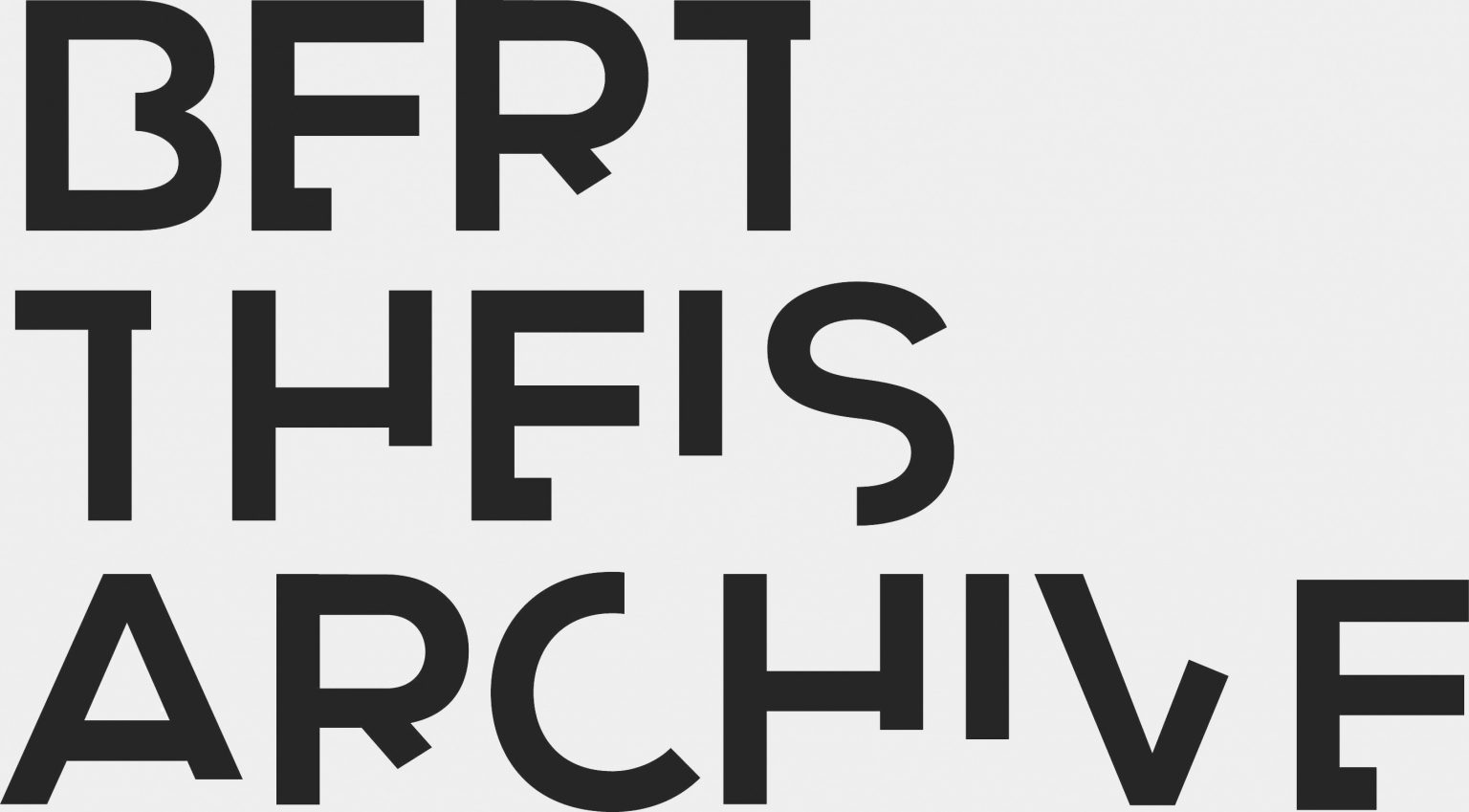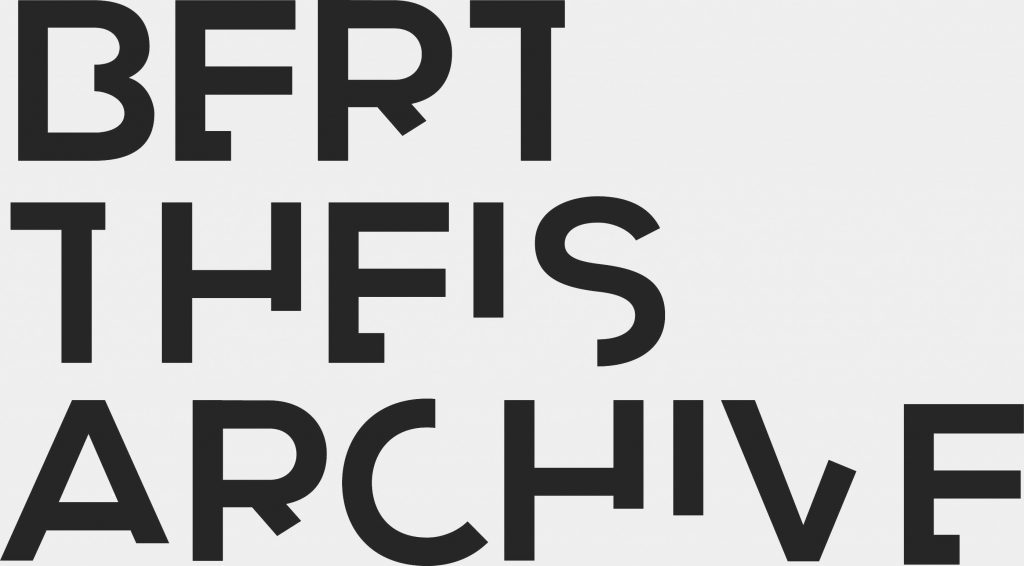Isola Art Center and out
In search of symbiosis between art and social changes
Out and Isola Art Center stand aside people’s struggles in defending public spaces against the gentrification of the Isola neighborhood. This has been the art project preamble since its beginning years ago. The idea is to verify whether art is capable of effecting social and political spheres instead of simply depicting processes (1). The choice of building our project within a flexible-precarious non institutional situation got Isola Art Center in contact with international groups such as Park Fiction (Hamburg) and Urbonas’ Pro-test-lab (Vilnius) (2).
Our contemporary art project changed its name three times and it has grown different and stratified throughout years. From 2001 to 2003 it was launched as Isola Art Project. From 2003 to 2005 it became Isola dell’Arte (art island) and then it moved to Isola Art Center. The same environment changed three times. In the beginning we worked without a fixed physical space, we linked exhibitions and events to the opportunity of showing urban changes to residents. Between 2003 and 2007 we worked in the second floor of Stecca degli artigiani, a former factory owned by the Municipality, and in the contiguous parks, which neighborhood associations wished to save and change. Then, from 2007 on, our activities have been hosted in different neighborhood’s spaces (a cultural association, shops, a restaurant, a bookshop and so on). Isola Rosta Project uses shutters to support artists’ work (like out, John Armleder, Peter Kogler, Adrian Paci, Dan Perjovschi, Andreas Siekmann, Christoph Schäfer) and many activities are actually run outside in the squares, streets and pavements of Isola. In ten years the enthusiasm, energy and sympathy between three «generations» of artists, architects and curators have made the project live and grow together with neighborhood’s inhabitants.
The concept of Fight-Specific Art
According to Isola Art Center practices, some works were site-specific in terms that they were thought to stick with Stecca degli artigiani’s spaces and the nearby park. For instance, Massimo Bartolini’s pink marble «Step», the miniaturized landscape «23% Incisa, 4% Mendrisio» by Luca Pancrazzi, the door-sculpture by Loris Cecchini, the installation art «Hotel Isola» by Maria Papadimitriou, the miniature fresco «The moon journey» by Gabriele di Matteo were spread out in the building. The music performance «Natural Mixer» by Steve Piccolo and ABDC, the community garden «Wild Island» by Stefano Boccalini, the video «Shining Garden» by Grazia Toderi (it shows a child that runs in threatened gardens and by running the child draws the infinite sign), the symbolic barrier of modules I myself made and named «Untitled/Untilted», children’s miniature houses «Casedagioco» by Liliana Moro in the park, paintings on Plexiglas – «Sugoe» and «Repubblica Italiana» – by Marco Colombaioni in two windows, the installation «Museo della Luce» by Matteo Rubbi, «Wurmkosbau» by Wurmkos group showing Isola’s disable people and children, the neon «New Museum» by Kings and so on.
In addition to being realized within the spaces of actual exhibition (in situ), these works hold an extra quality: they were thought and created to save freedom spaces that are set within a social and political conflict. In such a conflict works clearly position themselves on residents’ side and on social changes’ side from below versus top-down transformations. It is therefore more appropriate to define works as fight specific, that is to say that they are «struggle specific». The expression fight specific was firstly made up to define the activity of the Isola’s office out-office for urban transformation within the homonymous fanzine published on occasion of an exhibition that took place in 2005 in Milan (Palazzo delle Stelline). out’s job consists in the production of images and situations whose aim is to support neighborhood’s associations struggles against urban changes decided in the close of offices and imposed to residents. Most of out’s designs are from artist Marco Vaglieri. When associations need the renderings of projects that are other from real estates’ and Municipality’s, out creates them and gives them to the associations. When associations need a place to meet, to talk to press or to organize struggles out occupies spaces at Stecca’s.
The concept fight specific can be useful to name all art created to intervene in a specific movement situation by supporting it. In this sense many works can be defined fight specific. For instance, Rosta manifestos by Russian artists Maiakowski, Cerjomnych, Maliutin, Lavinski and others that supported the Soviets’ revolution are fight specific (the shutter experience Isola Rosta project took inspiration from them). John Heartfield’s collages to sustain German antifascist fights in the twenties and thirties, manifestos and postcards painted by artists as Mirò to support republic during Spanish civil war are fight specific as well. Recently we would call fight specific the interventions of Situationist International within ’68 movements, the work of Emory Douglas to support the Black Panther Party in the USA during the seventies (3), the project Dazibao to support extra-parliamentary opposition run by Group Material in 1983 in New York’s Union Square, Martha Rosler’sproject against gentrification «If you lived here…» for Dia Foundation (New York, 1983), Viennas’s VolxTheaterKarawane interventions at Genoa’s 2001 G8 and at 2002 Strasbourg’s «No border camp» (4), the group Etcetera’s role within Argentinean’s 2001 protests and many others.
Fight specific art overcomes the physical spaces left to art by society, it plays its role in a social and political field, it supports specific struggles and it does not only represent them with paintings, designs, pictures, videos or installations.
Spaces of art and social change
Museums, galleries, public art programs have become tools to the gentrification of popular neighborhoods. This is well known. Magazines and Italian art publications have not so far schematized this issue whereas abroad they have. In 1996 and 2002 Kunstforum, the most famous German art magazine, published some analyses on the role of art in the gentrification of Letten neighborhood in Zurich. And the study mainly focused upon Migros Museum. Mechanics are identical all over the world, contemporary art projects attract new social classes to post industrial plants and popular suburbs. Artists, architects, designers and upper-class people buy plants to create lofts and this is rather cheap at the beginning of the process. This generates a dynamic atmosphere of ongoing changes. New galleries, pubs, restaurants, malls open as a direct consequence. And the cost of estates rises up. Former residents cannot anymore afford to live in the neighborhood and end up leaving the place. At the end of the process the social nature of the area is completely different (5).
Being well aware of the risk of taking unintentionally part in the gentrification of Isola neighborhood we chose to try a different way of intervention. We stuck together with local associations that were struggling against what others but them chose for the area. For instance, there are I Mille committee and Confalonieri parents’ association and with them we created the Isola Forum. The aim of this alliance has been synthesized by Daniela Benelli, former Culture counselor of the Province of Milan, at the official opening of Isola Art Center in 2005. «It is clear that this neighborhood must change but this does not mean that changes need to pervert its own nature», she said back then. Two auctions of works donated by artists helped finance resident’s legal appeals against Municipality and estates’ urban projects. On the other side we started experimenting the concept of a new Isola art center with residents and for the neighborhood. The idea was to provide the area with close and open spaces dedicated to art and local activities. This collective dream led in years to a symbiosis among different associations that today organize and realize art events together in the same way they do with the organization of actions against gentrification and jerry-building.
Within our research process, which develops itself through different levels, we elaborated new concept to overcome the white cube traditional paradigm. The term dirty cube coined for the art centre at Stecca (2003-2007) well describes the choice of leaving spaces rough in order to challenge artists and curators. Back then the experiment was shared with the Palais de Tokyo in Paris. Here in 2002 Nicolas Bourriaud and Jérôme Sans – together with the architects Lacaton and Vassal – chose to bring the building back to its rough times. Our experiment was though different, we chose to build a flexible, precarious, budgetless non institutional art center, rooted to social change from below in which local associations took part. After the demolition of Stecca in 2007, the collective desire of having a neighbourhood art center is still alive. Isola Art Centre web page shows that activities have never stopped since then. The violent eviction set ourselves into the peculiar position of being a «homeless» art centre. We then managed to get out of this weird situation with a fresh concept: art center as a Diaspora. In the last three years the center has been hosted by different neighbourhood associations and privates in solidarity with the struggle. Looking back in years we could say that the choice of precariousness (which we share everyday with more and more people in the world), of opposing neo-liberal transformation of town helped us in experimenting in theory and in practice. And we would not have reached this result if our horizon was to create an institutional space linked to art market and if we would have followed that path via partaking to transformation from above (6). In spite of our positive results, political power-relations have not so far enabled Isola to have the aggregation spaces residents wish to have. But the last word to the story is not written yet.
Bert Theis (2007)
- Other artists, critics and curators made different choices. With ≪Diari in attesa≫ Gennaro Castellano and Reporting System tried to be neutral. Andrea Lissoni from Xing chose to adhere to urban projects and he said so in an interview to La Repubblica. Amazelab by Claudia Zanfi entered the cartel Distretto Urbano di Commercio Isola with Hines-Isola Srl (a Texan real estate corporation), Catella Foundation and others. Architect Stefano Boeri from Multiplicity and artist Gianandrea Barreca from Gruppo A12, partners in Boeri Studio, were assigned the design of projects by Hines. Gabriele Basilico showed his works on Hines’ fences.
- To confront Park Fiction and Isola Art Center see: ≪ Viaggio al termine della citta≫, Leonardo Lippolis, Eleutera 2009, pages 101- 105. Art and social changes in Isola can be deepened in the open letter to Claudia Zanfi, Park Fiction’s web page.
- See: Art and Social Change, a Critical Reader edited by Will Bradley and Charles Esche, Tate Publishing and Afterall 2007.
- See: Art and Revolution, Gerald Raunig, MIT Press 2007 e A Thousand Machines di Gerald Raunig, MIT Press 2010.
- In Milan this process can be observed in Lambrate.
- Exhibition areas in Boeri Studio’s projects (the ≪Art Incubator≫ or ≪Stecca Nuova≫) follow a logic that runs opposite to Isola Art Center’s. This is why Isola Art Center and Isola Forum refused the offer to use those spaces, which Hines proposed us, and to share them with other former Stecca groups (now together under the name ADA). Had we accepted we would have had to quit criticize Municipality’s urban changes.
Published in
out&Theis. Office for urban transformation & Bert Theis, Treviso: Antiga Edizioni / Mestre/Venice: Galleria Contemporaneo, 2007 (English/Italian)

